Product details
Basilosaurus whale tooth with root
Basilosaurus, whose name means “king lizard,” is a genus of extinct cetacean that lived during the late Eocene period, approximately 40 to 34 million years ago. Despite its name, Basilosaurus is not a lizard but rather an ancient whale, belonging to the order Archaeoceti, which includes early cetaceans that had not fully adapted to an aquatic lifestyle. One of the distinctive features of Basilosaurus is its teeth, which provide significant insights into its biology, diet, and evolutionary history.
Basilosaurus teeth are among the most well-preserved and studied fossils of this ancient whale genus. These teeth are highly specialized for a carnivorous diet, reflecting the predatory nature of Basilosaurus. They exhibit several unique characteristics that distinguish them from modern whale teeth and shed light on the evolutionary adaptations of early whales.
Firstly, Basilosaurus teeth are conical and sharply pointed, indicating their role in grasping and puncturing prey. This morphology suggests that Basilosaurus was a carnivorous predator, preying on fish, smaller marine mammals, and possibly even other whales. The shape and arrangement of the teeth are reminiscent of those found in modern predatory animals, emphasizing Basilosaurus’ position as an apex predator in its ancient marine environment.
Secondly, the size and arrangement of Basilosaurus teeth provide clues about its feeding behavior and dietary preferences. The teeth are arranged in a single row along the jaws, unlike the multiple rows of teeth seen in modern baleen whales or the baleen plates found in filter-feeding species. This suggests that Basilosaurus relied on its sharp teeth for capturing and consuming prey rather than filter-feeding on plankton or small organisms.
The size variation observed in Basilosaurus teeth also indicates a degree of dietary flexibility, allowing individuals to consume a range of prey sizes. Larger teeth may have been used for hunting larger prey, while smaller teeth could have been effective for capturing smaller fish or marine invertebrates. This versatility in tooth size suggests that Basilosaurus may have been an opportunistic feeder, adapting its diet based on the availability of prey in its environment.
In addition to their shape and size, the enamel composition of Basilosaurus teeth provides valuable information about the biology of these ancient whales. Studies of the enamel microstructure reveal unique patterns and features that differ from those seen in modern cetaceans. For example, Basilosaurus enamel lacks the complex folding patterns characteristic of modern toothed whales, suggesting differences in tooth development and growth.
Furthermore, isotopic analysis of Basilosaurus teeth has provided insights into its feeding ecology and habitat preferences. By examining the ratios of stable isotopes within the tooth enamel, researchers can infer information about the types of prey consumed by Basilosaurus and the environments in which it lived. Isotopic signatures indicate that Basilosaurus primarily inhabited shallow marine environments and likely fed on a diet composed of both freshwater and marine prey.
The study of Basilosaurus teeth extends beyond their morphology and composition to include investigations into their functional morphology and biomechanics. Computational models and experimental studies have been conducted to understand how Basilosaurus teeth were adapted for capturing and processing prey. These analyses suggest that Basilosaurus had a powerful bite force capable of subduing its prey, allowing it to efficiently hunt and consume a variety of marine organisms.
Moreover, comparisons between Basilosaurus teeth and those of other extinct and extant cetaceans provide insights into the evolutionary history of toothed whales. Basilosaurus represents an intermediate stage in whale evolution, exhibiting characteristics of both terrestrial and fully aquatic species. By studying the morphology and structure of Basilosaurus teeth, researchers can reconstruct the evolutionary transitions that occurred as whales adapted to life in the water.
Prehistoric 101 (Learn about fossils, minerals, and meteorites)
What is a Woolly Mammoth?
What is a Mastodon?
Prehistoric Elephants





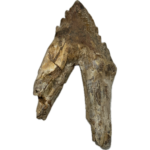
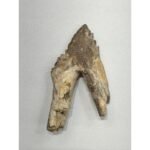
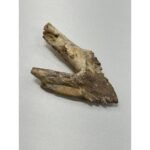
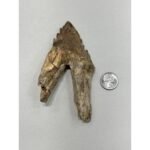
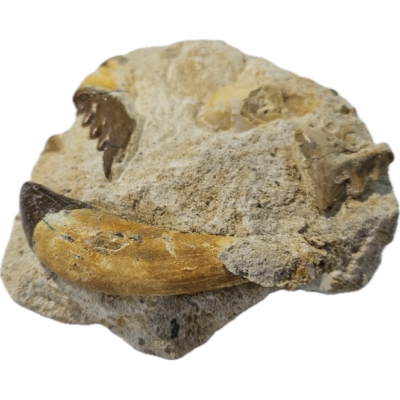

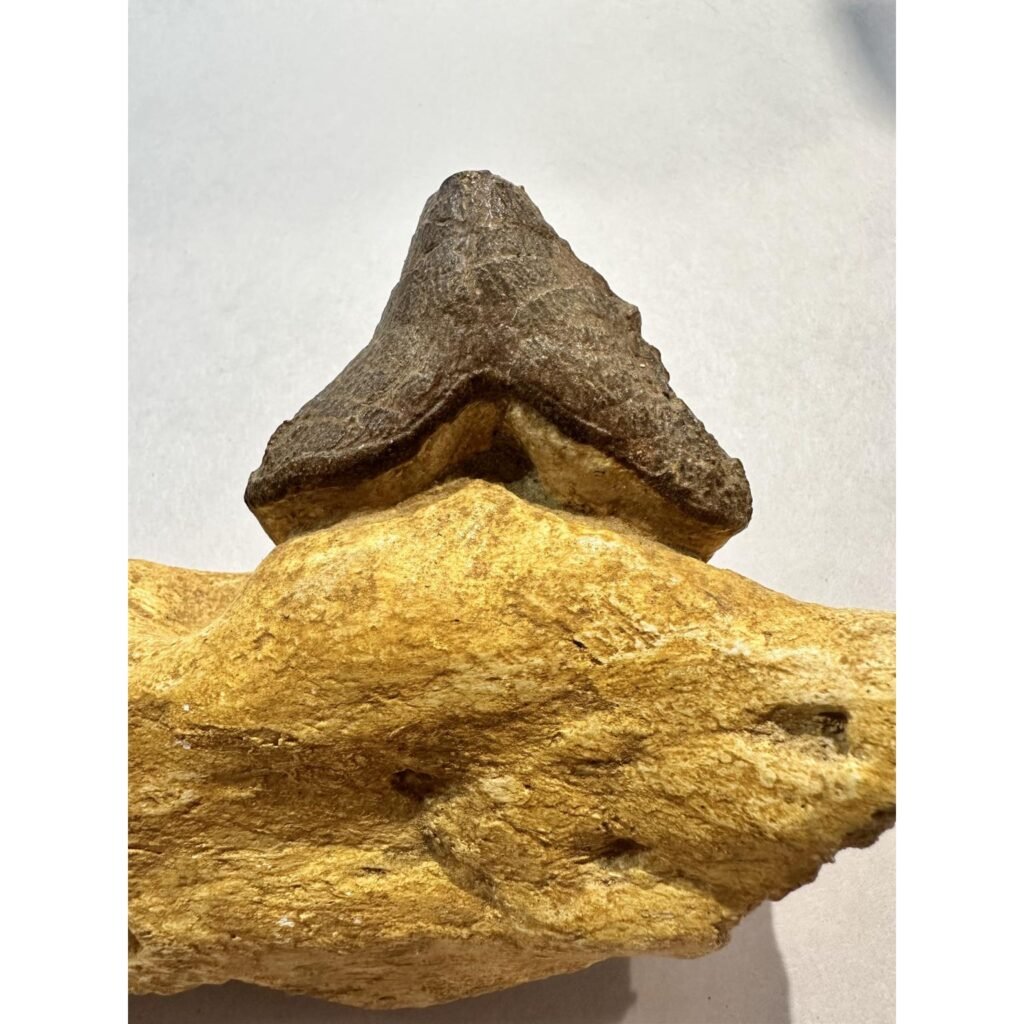
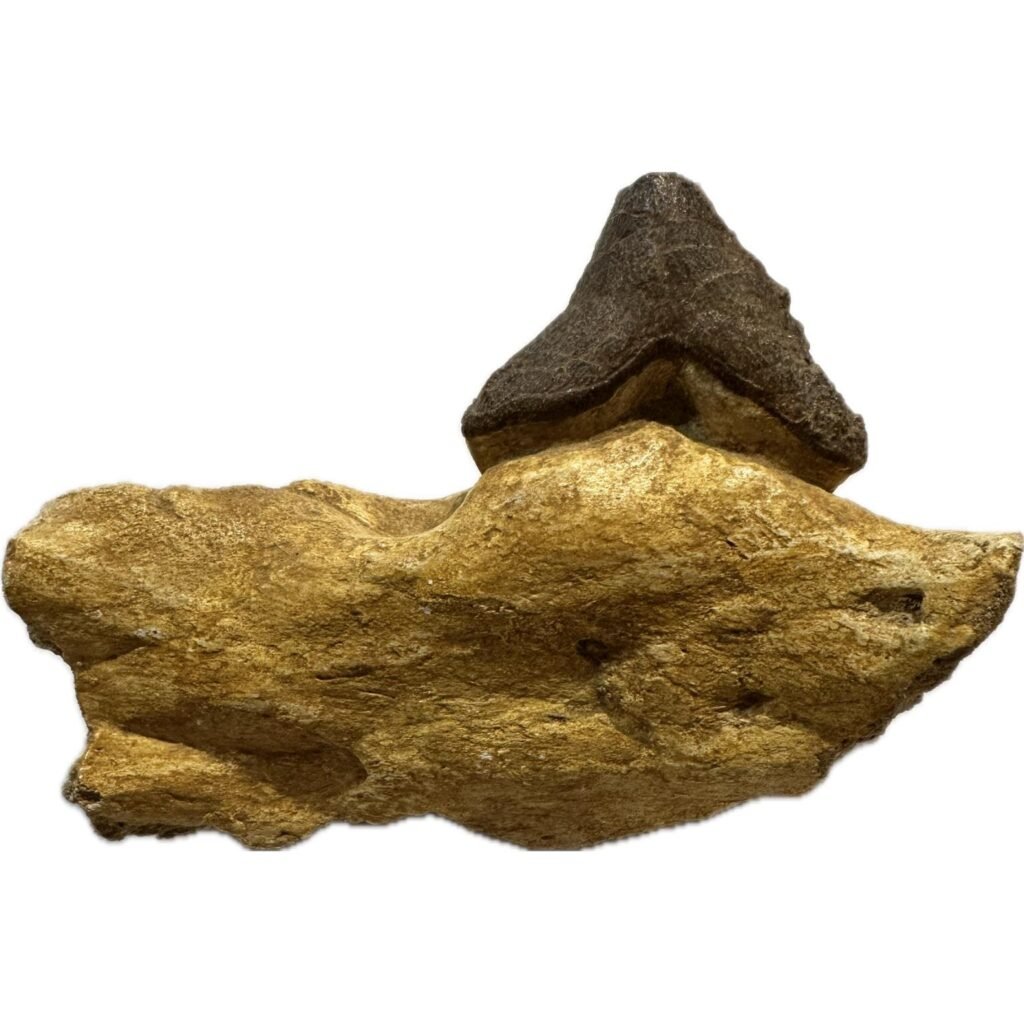
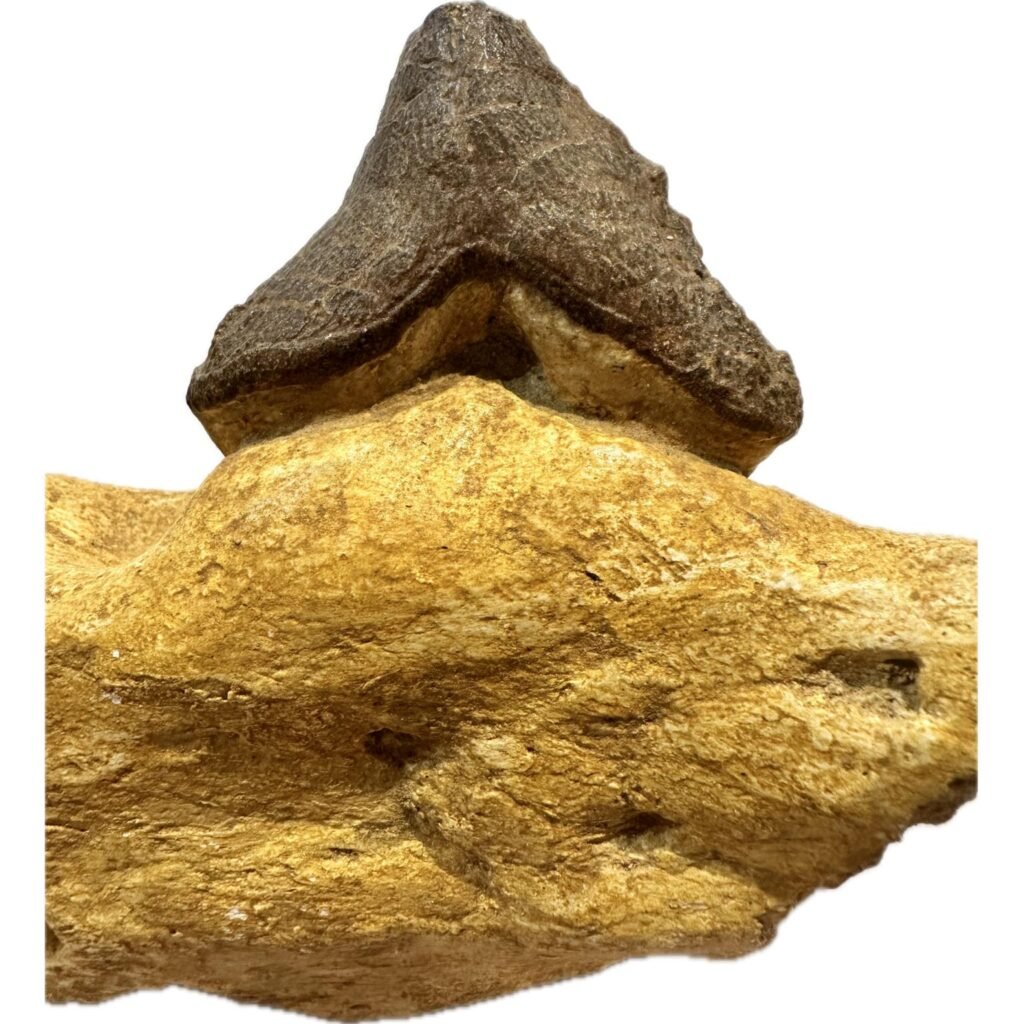
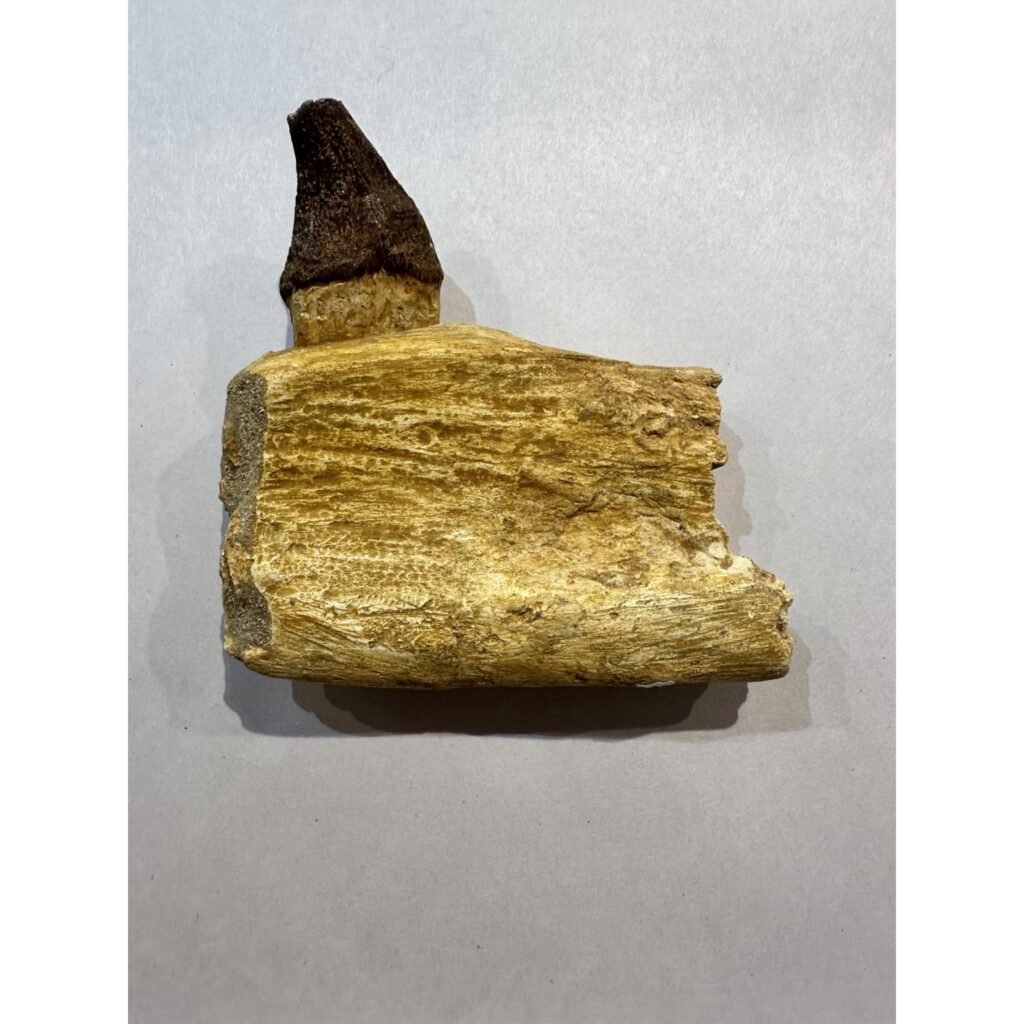
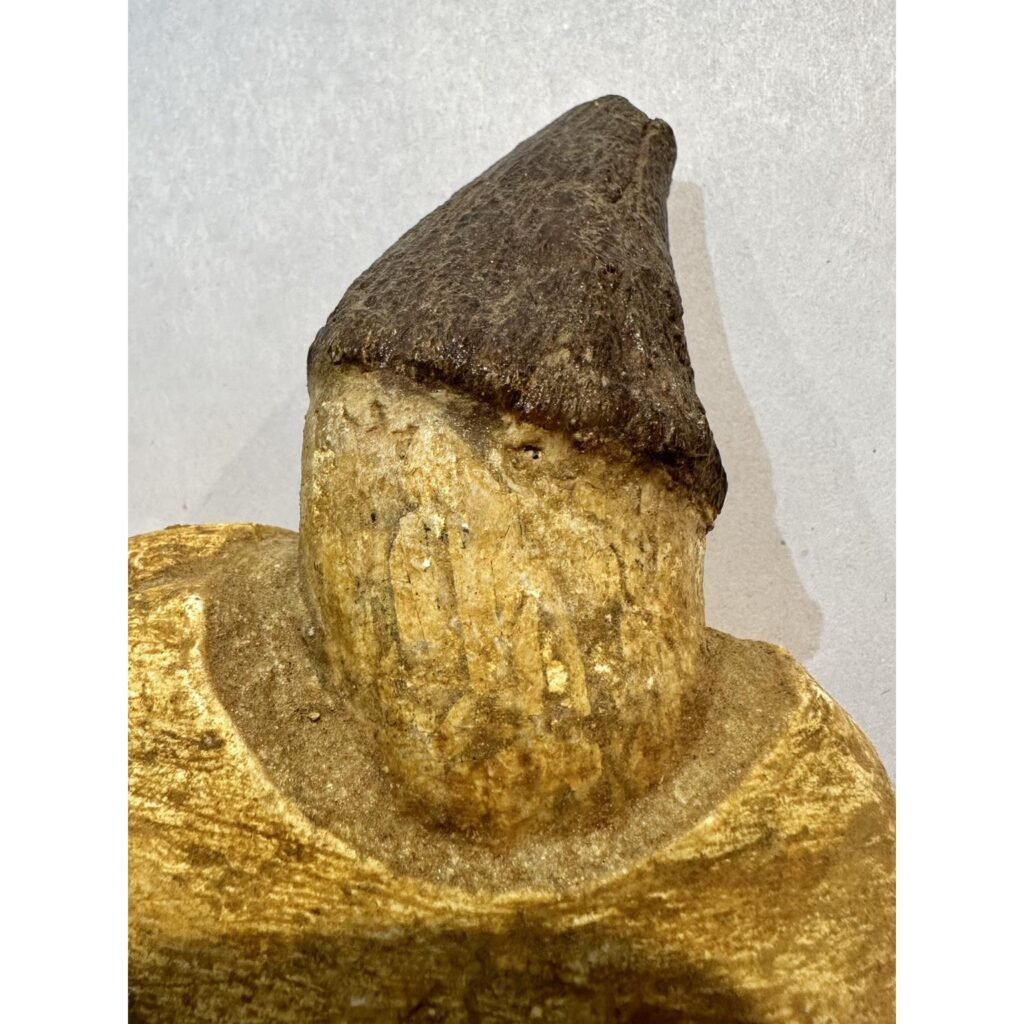
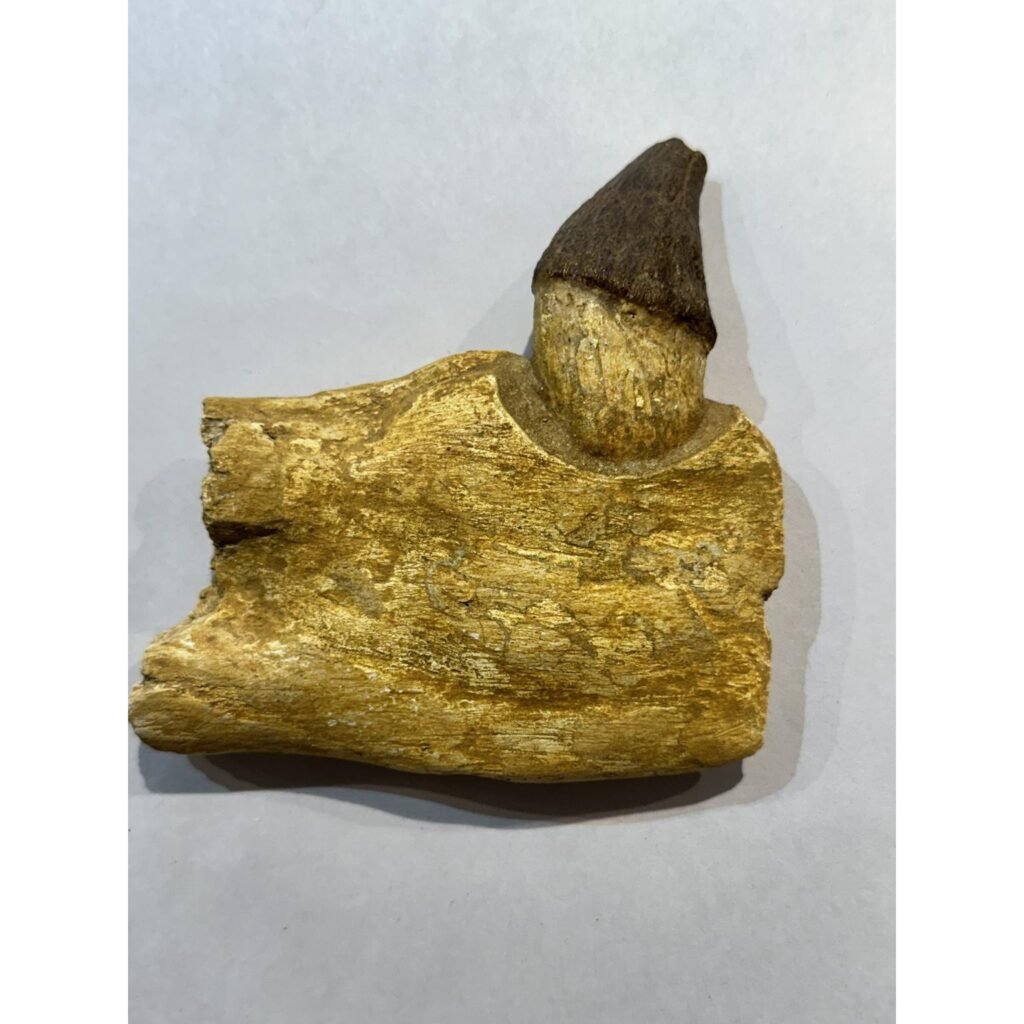




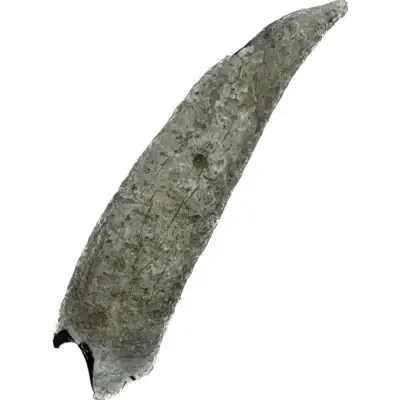

There are no reviews yet.